Chances are, at least one house in your 'hood is being treated for termites right now. And despite the festive clown-and-circus themed tent, the chemicals that go into the fumigation process simply aren't funny.
The process used to include chlorpyrifos, which can cause neurological damage and was phased out beginning in 2010, according to the EPA. (That didn't stop farmers from applying 10 million pounds of the stuff annually to our crops, especially corn. But I digress.)
Methyl bromide was widely used as a fumigant until the EPA determined that it depleted the ozone layer and violated the Clean Air Act, and began phasing it out in 2005.
Here are a few of the many chemicals that are still considered safe to fumigate with, despite growing concerns:
- phosphine: "Extreme actute toxicity via inhalation " -EPA
- 1,3-dichloropropene: "Reasonably anticipated to be human carcinogen" -Agency for Toxic Substances and Disease Registry
- methyl isocyanate: "gas leak... resulted in the deaths of more than 2,000 people" -EPA
- formaldehyde: "probable human carcinogen" -EPA
- lodoform: "acute toxicity in mice similar to that of methyl iodide" -CDC
- sulfuryl fluoride: "poses an inhalation hazard" -Cornell University
Granted, the studies that yield these findings involve far higher concentrations than what you would be subjected to after having your house fumigated.
But the safety assessments also don't take into account the fact that when you're tenting, several chemicals are typically used at one time--and their interactions have never been fully measured, especially when it comes to kids.
Finally, there are studies that show the dangerous effects of pesticides in general: A UC Berkeley study published in 2002 found that the children of families who used professional pest control services at any time from one year before birth to three years after were associated with a "significantly increased risk of childhood leukemia."
If you're considering termite tenting, here are a few additional steps you can take to make sure the fumigation goes as safely as possible.
1.Remember, even "eco fumigators" can use any of the chemicals on the list above; the word "eco" is marketing, not fact.
2.Ask the company for a written description of the chemicals that are used in their fumigation process and do your own research on what's involved. If the company won't provide the list, find another company that will.
3.Common sense -- and industry guidelines -- tell us that you must make sure your home is fully ventilated for several days after fumigation. You may want to add a few more open-window days to the company's safety timeline before moving your family back home.
4.Don't rush it! Termite infestation takes a long time; the problem can wait while you measure your options.